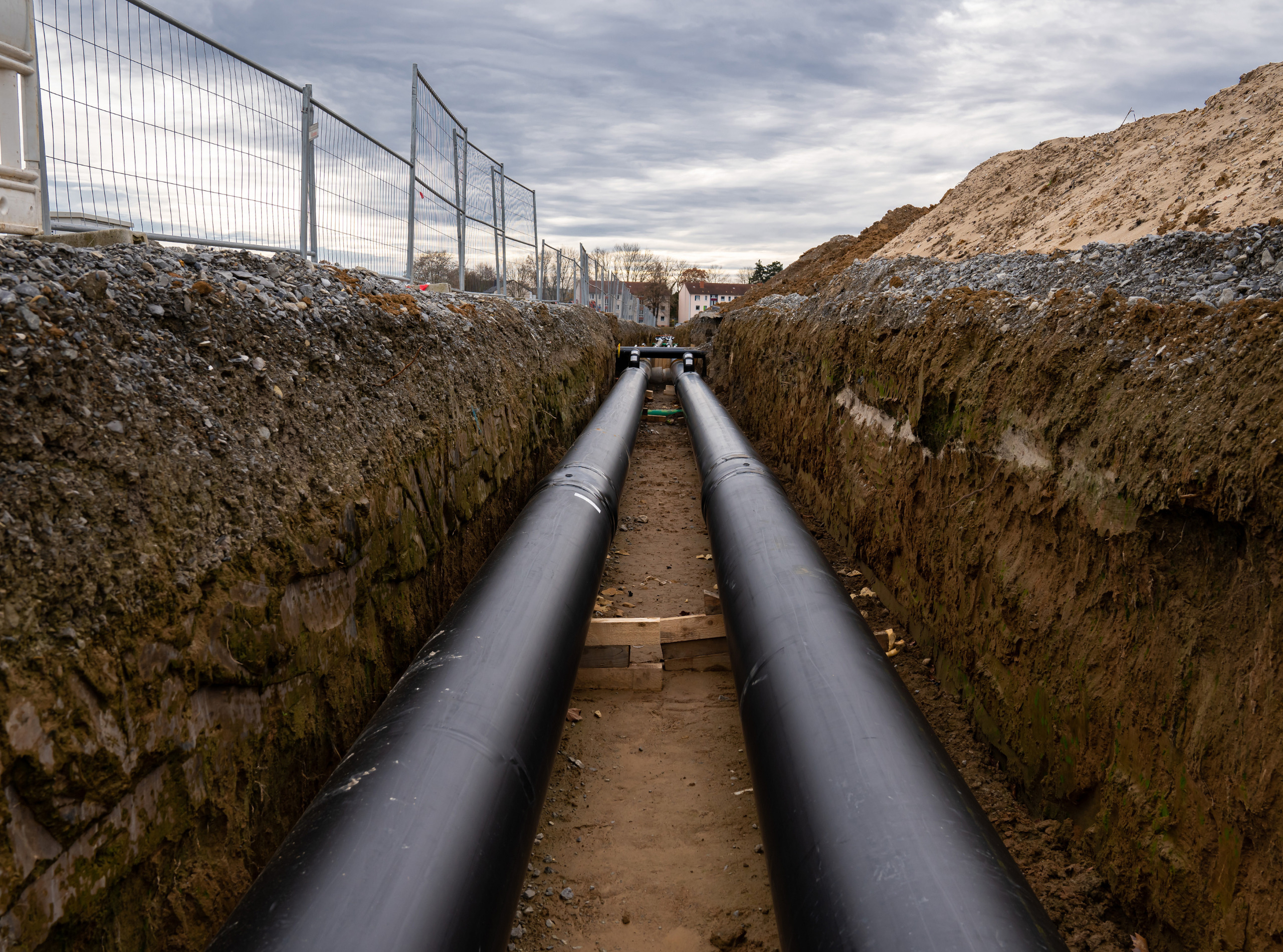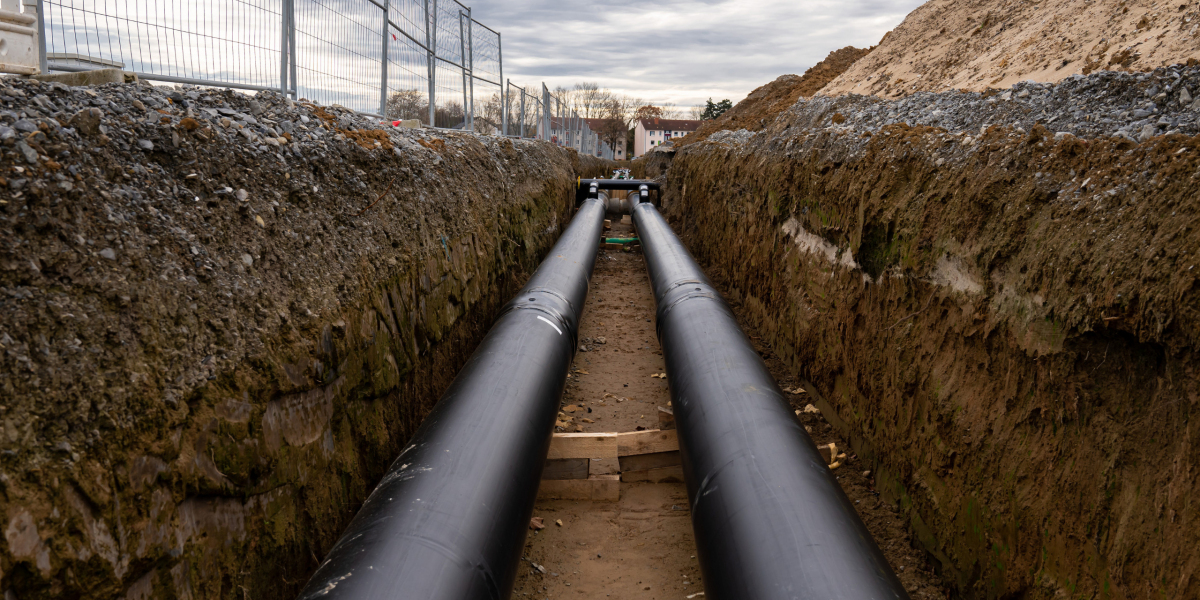What is a Storm Drainage System?
A storm drainage system is designed to manage and control rainwater runoff, preventing flooding and protecting property. These systems collect excess rainwater and direct it away from streets, homes, and other infrastructure, ensuring safe and effective drainage.

Why Storm Drainage Systems Are Essential
Effective storm drainage systems are critical for urban and rural areas alike. They help to:
- Prevent Flooding: By directing water away from vulnerable areas, storm drainage systems mitigate the risk of flooding during heavy rainstorms.
- Protect Infrastructure: Adequate drainage reduces water-related damage to roads, bridges, and buildings, saving money on repairs and maintenance.
- Improve Water Quality: Properly designed systems can filter pollutants from stormwater, protecting local waterways and ecosystems.
Types of Storm Water Drainage Systems
Understanding the different types of storm water drainage systems can help you choose the best option for your property or project. Here are some common types:
- Surface Drainage Systems: These systems use channels or ditches to direct rainwater runoff into collection points. They are typically visible and can be integrated into landscaping for aesthetic purposes.
- Subsurface Drainage Systems: Installed below ground, these systems include perforated pipes that collect and redirect water from the soil. They are ideal for areas with high water tables or poor drainage.
- French Drains: A popular type of subsurface system, French drains consist of a perforated pipe surrounded by gravel. They effectively channel water away from foundations and prevent water buildup.
- Catch Basins: These are designed to collect and filter stormwater before it enters the drainage system. They help to remove debris and sediments, ensuring cleaner water flows through the system.
- Detention Basins: These are temporary storage areas designed to hold excess stormwater and release it slowly over time. They help to reduce peak runoff rates and prevent flooding downstream.
- Retention Basins: Unlike detention basins, retention basins hold water permanently. They are designed to maintain a specific water level, providing a habitat for wildlife and aiding in water quality improvement.
- Green Infrastructure: This includes permeable pavements, bioswales, and rain gardens that utilize natural processes to manage stormwater. These systems promote infiltration and reduce runoff, making them environmentally friendly options.
Choosing the Right Storm Water Drainage System
When selecting a storm drainage system, consider the following factors:
- Local Climate: Areas with heavy rainfall may require more robust systems, while drier regions might benefit from simpler solutions.
- Soil Type: Understanding your soil's drainage capacity is essential for determining the most effective system.
- Land Use: The type of development (residential, commercial, industrial) will influence the system design and requirements.
- Regulations: Always check local regulations and guidelines regarding stormwater management to ensure compliance.

Conclusion
Investing in a reliable storm drainage system is crucial for safeguarding your property from water damage and ensuring the safety of your community. By understanding the various types of storm water drainage system, you can make informed decisions that enhance the efficiency of your drainage solutions.
For expert assistance in selecting and installing the right storm drainage system for your needs, contact us today! Our team of professionals is here to provide tailored solutions that meet your specific requirements.









